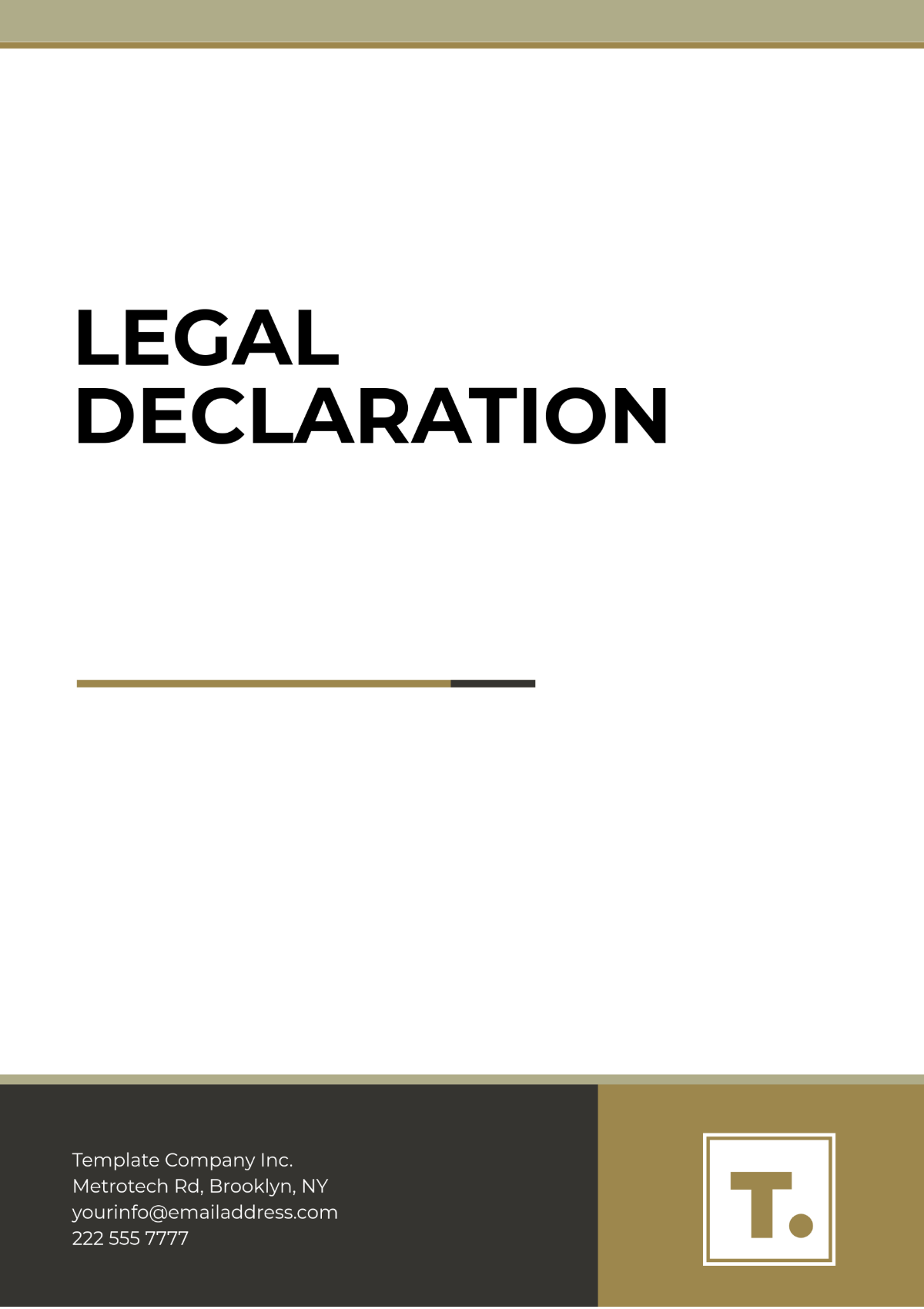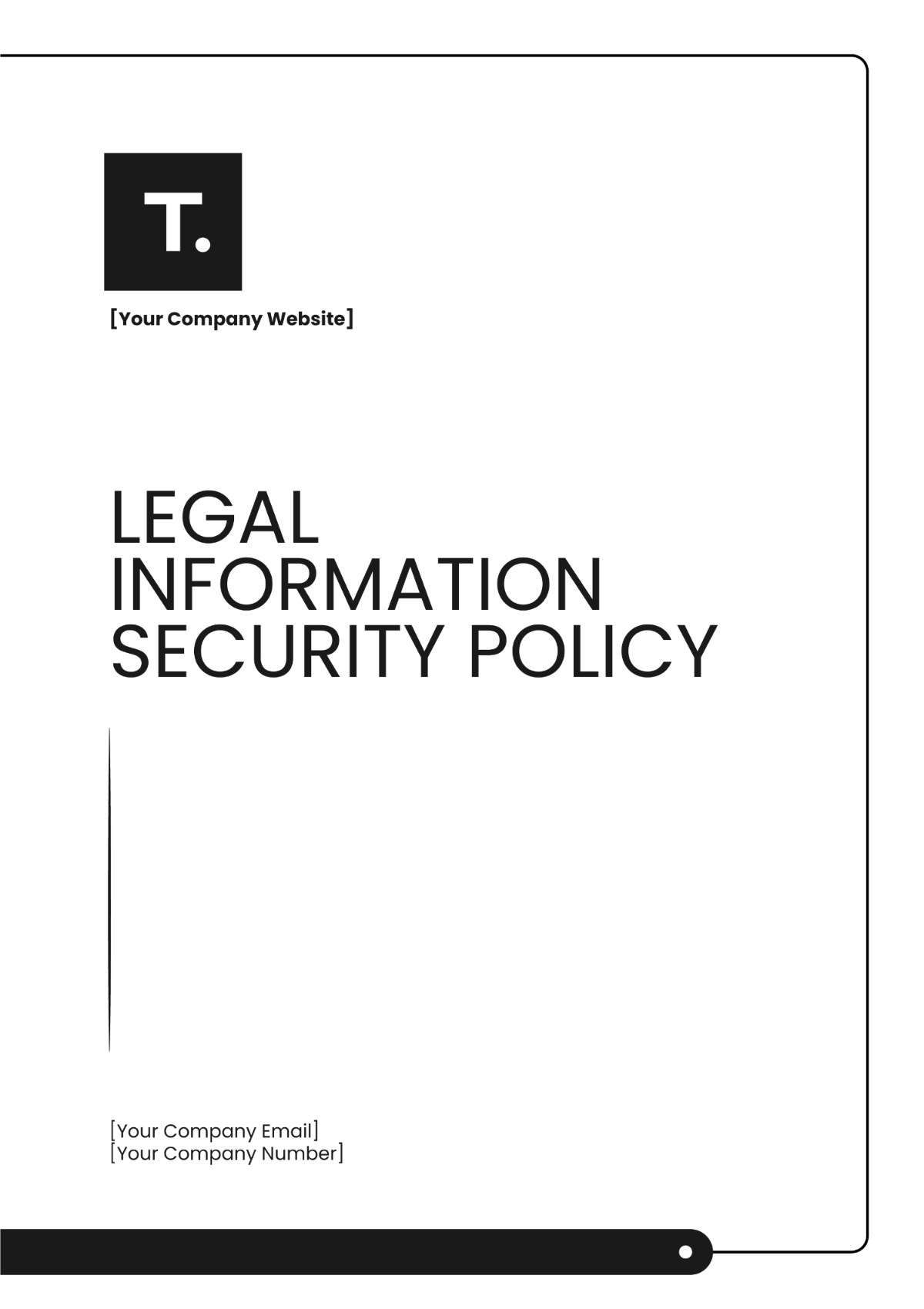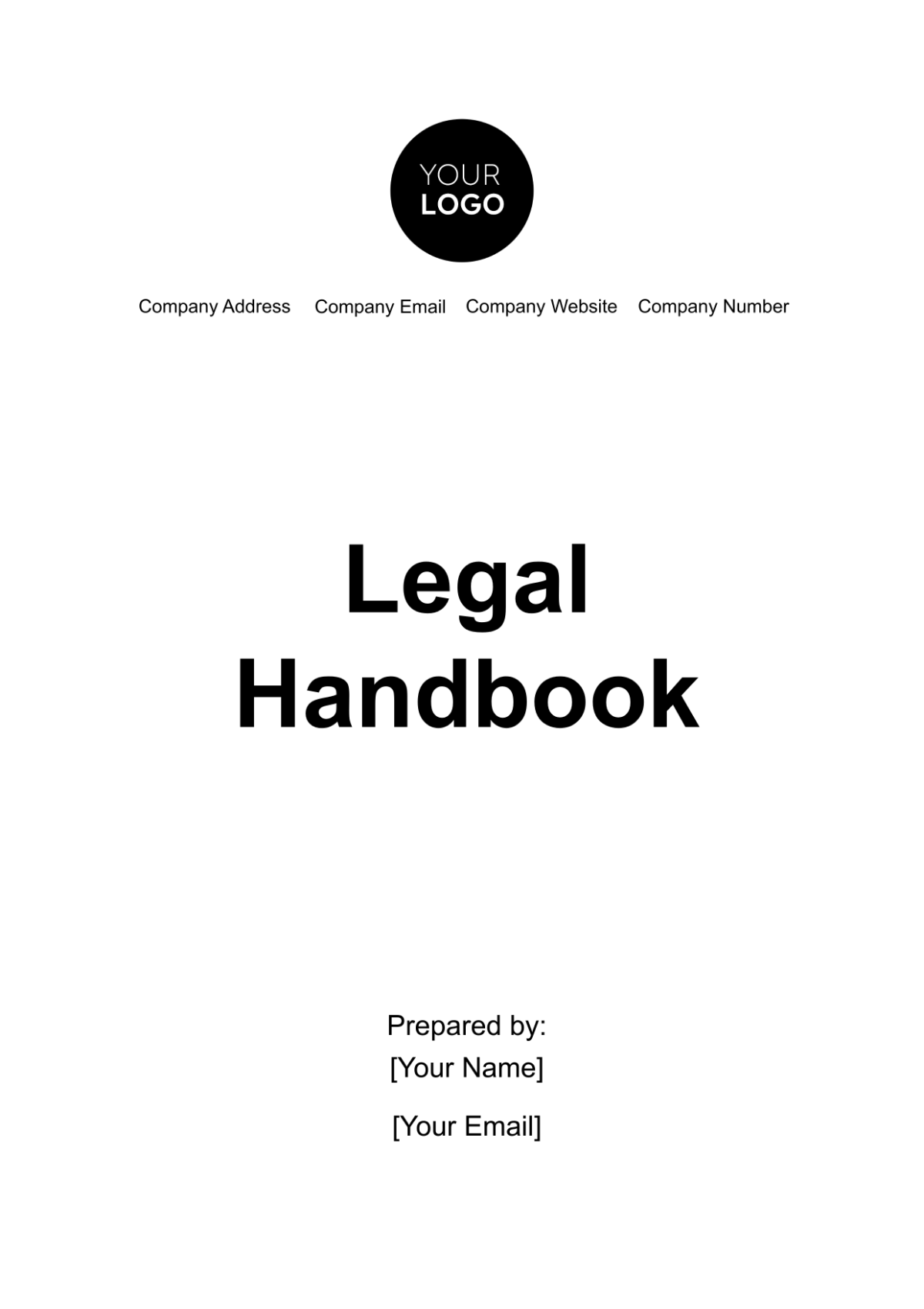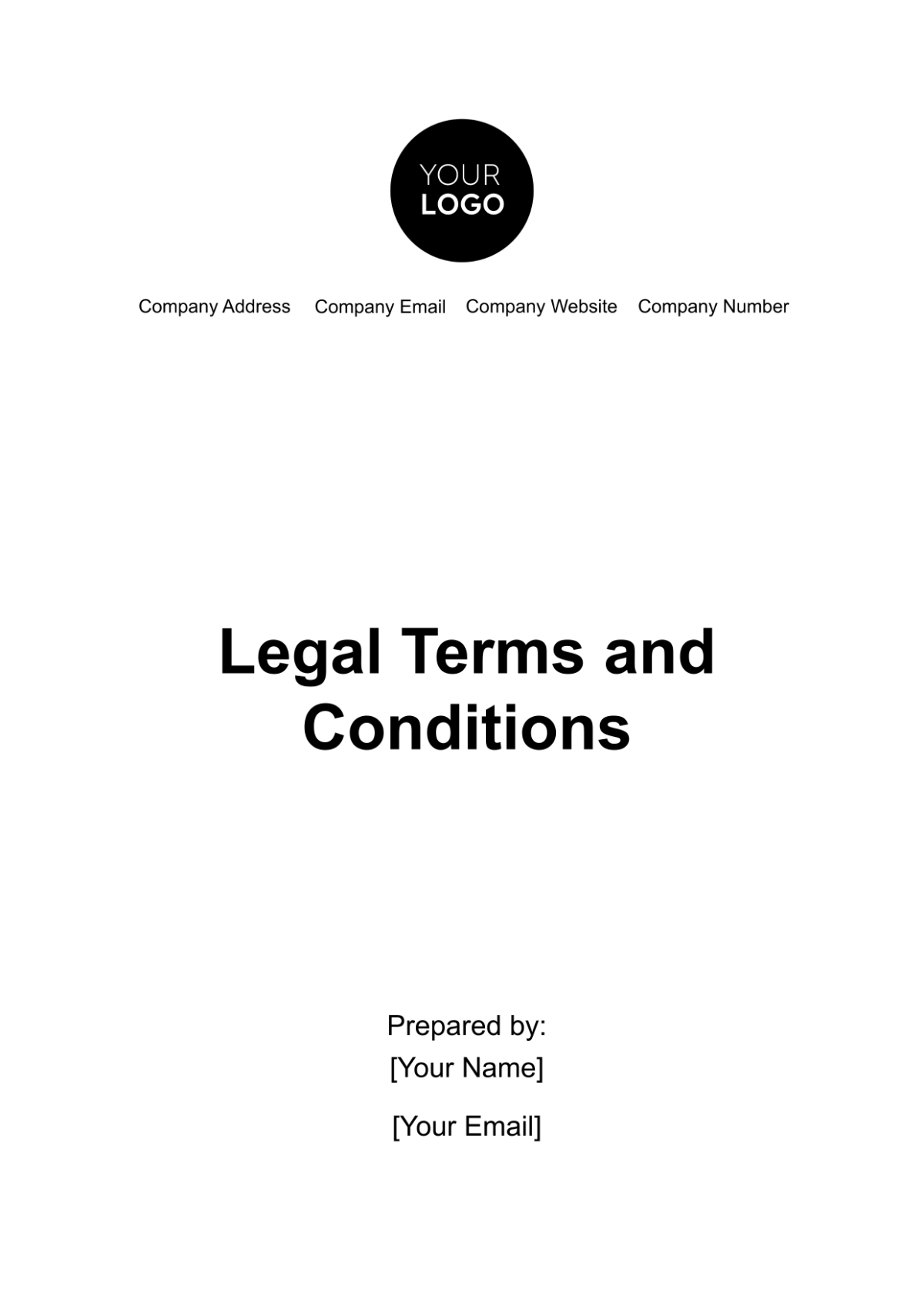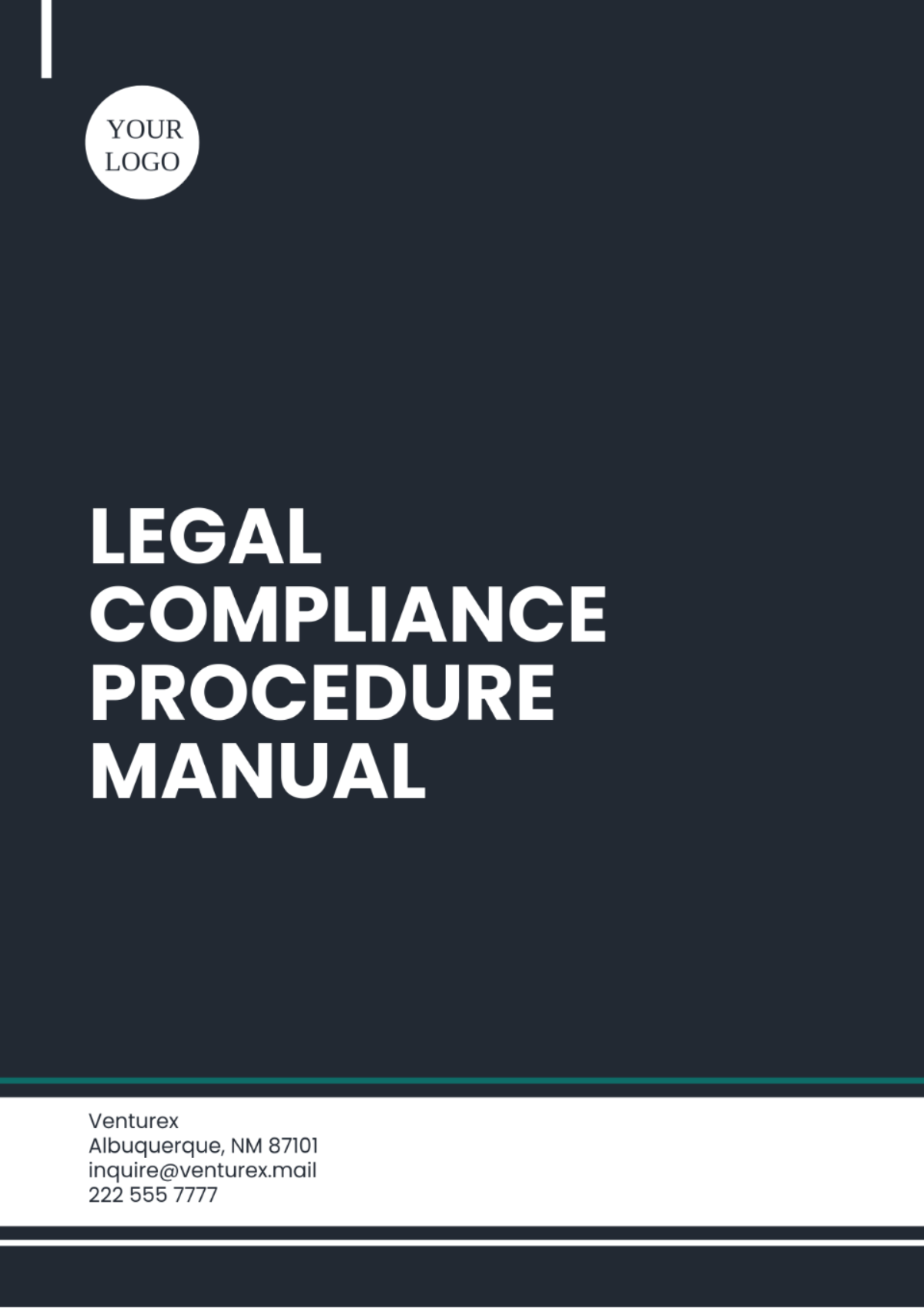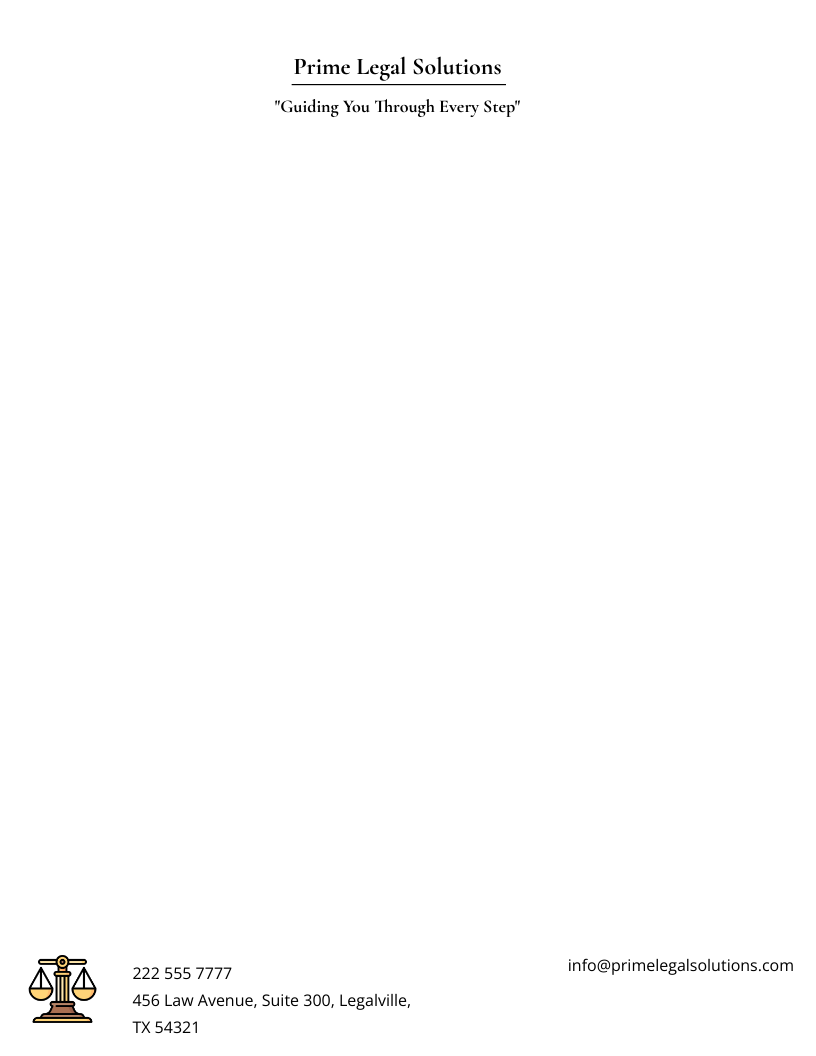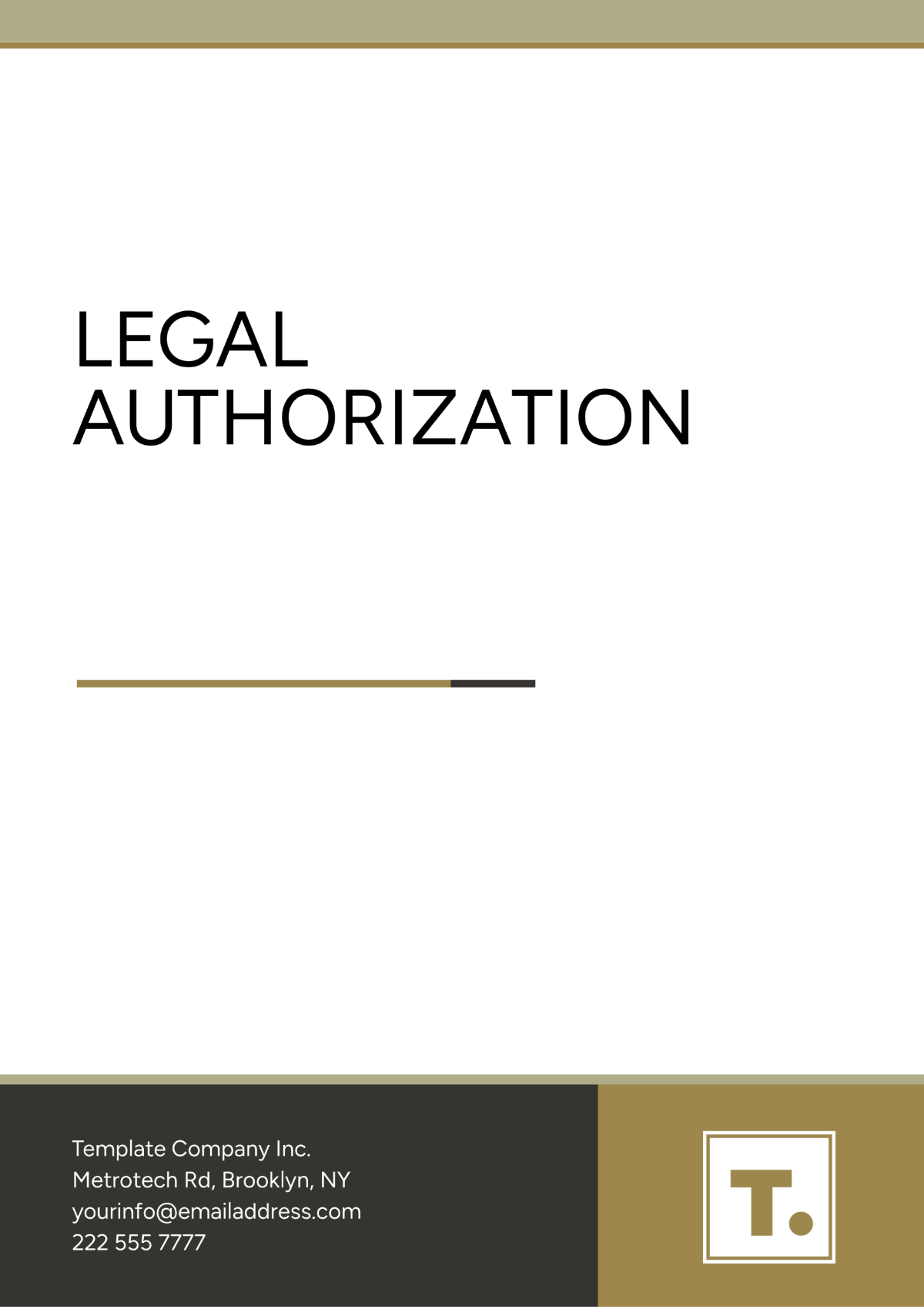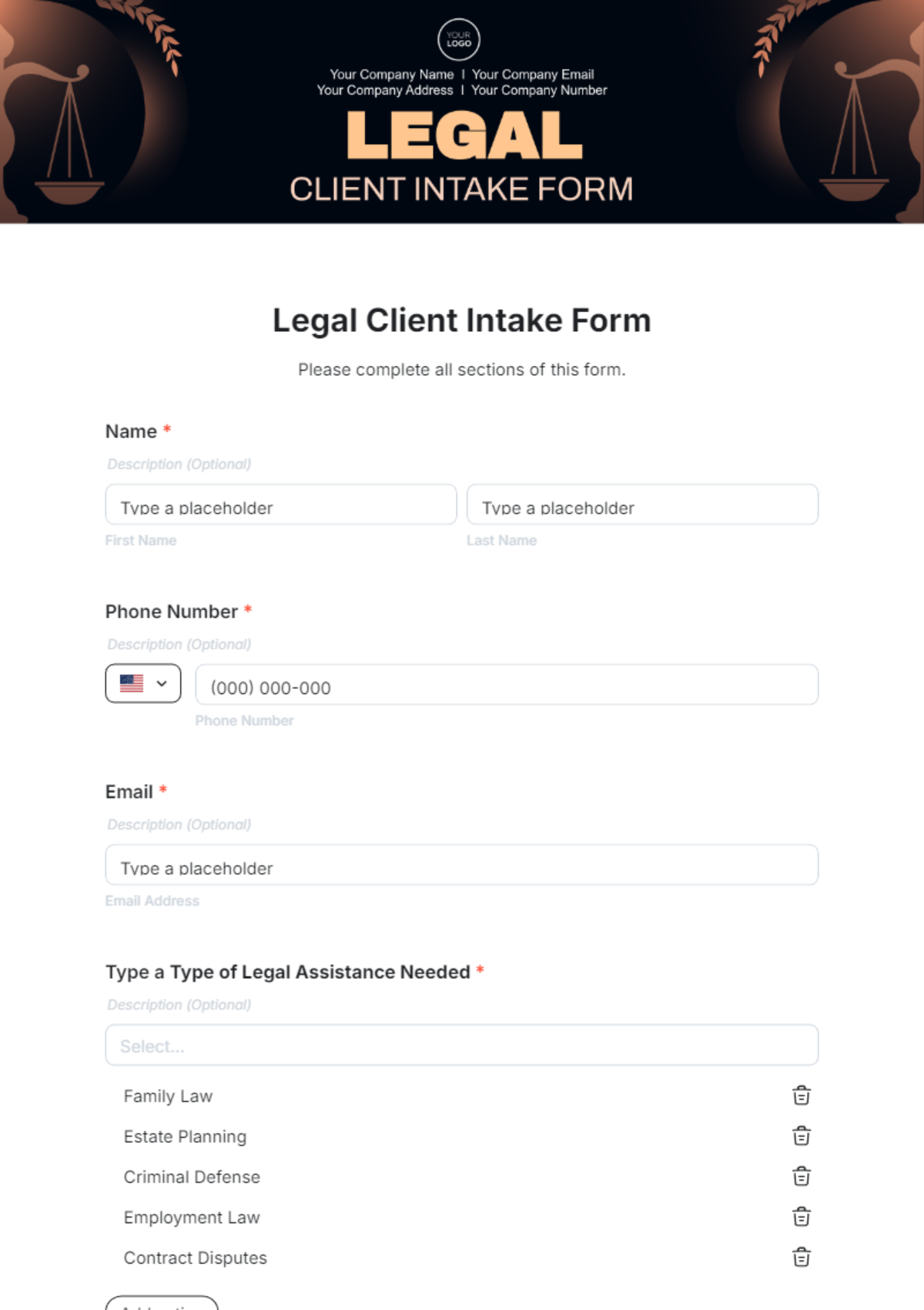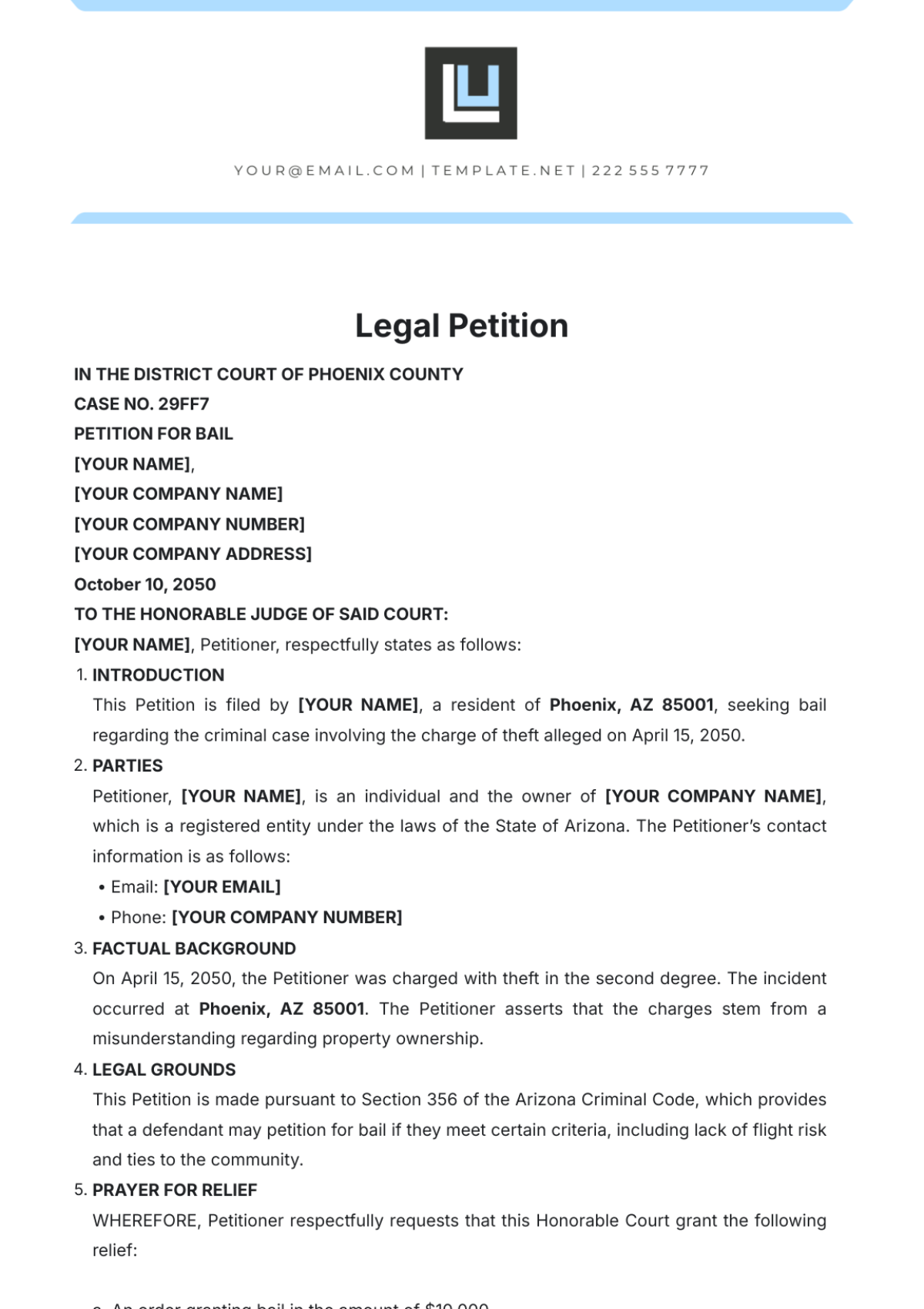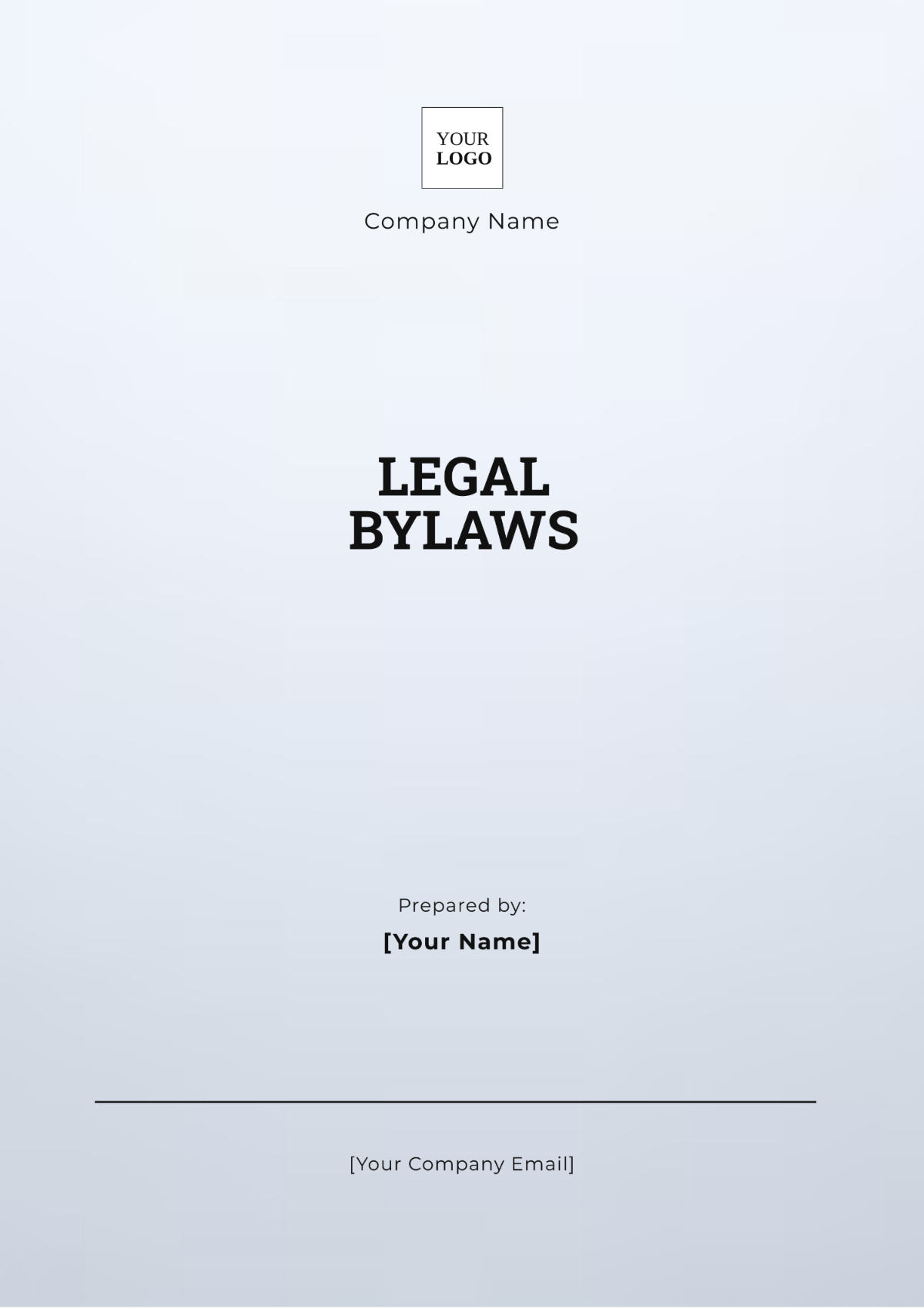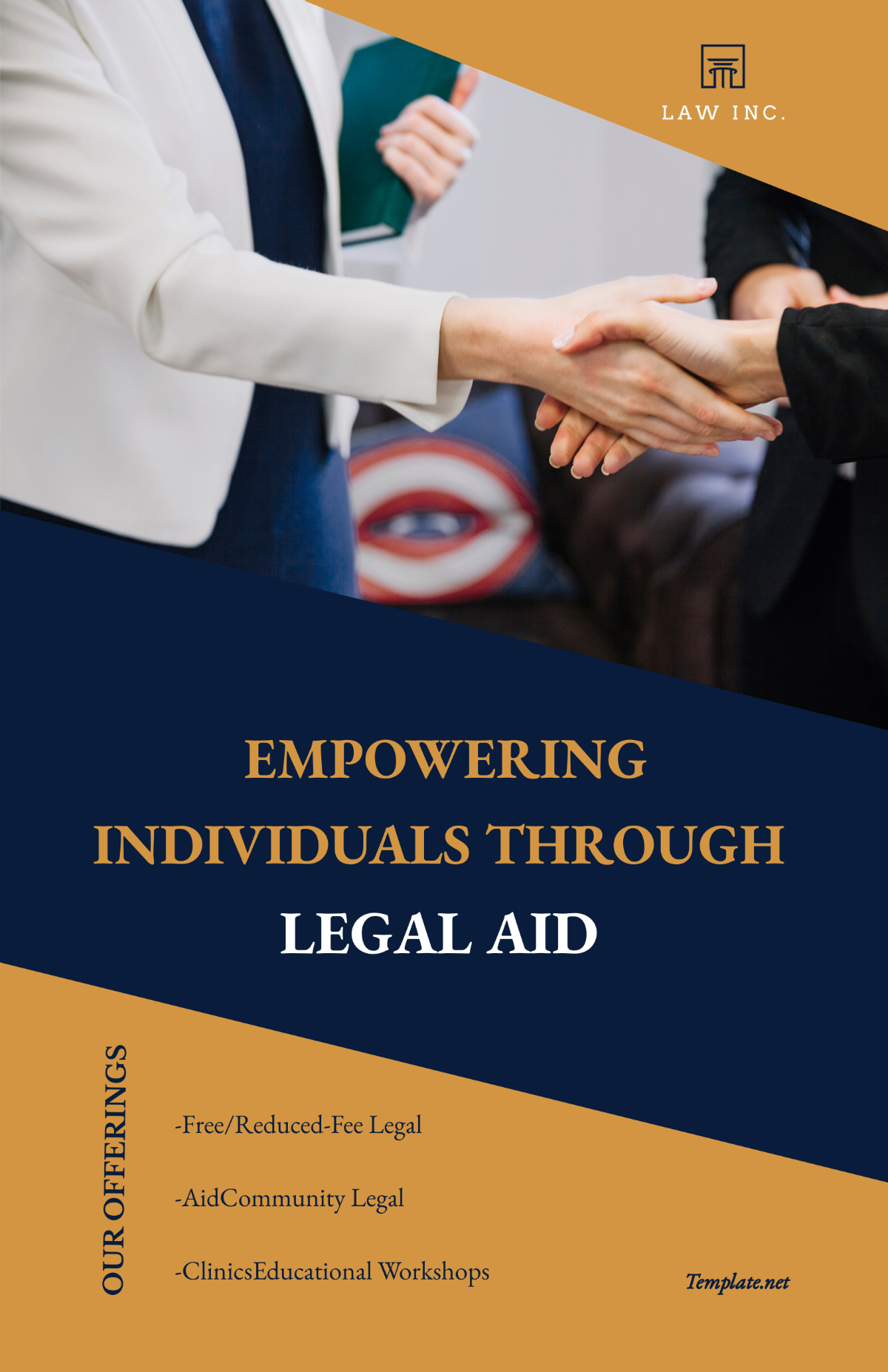Landmark Case Brief
I. Case Information
Case Title: [Title of the Landmark Case]
Case Citation: [Case Citation Number]
Court: [Name of the Court]
Date of Decision: [Date of Decision]
II. Parties
Petitioner(s):
[Name(s) of Petitioner(s)]
Respondent(s):
[Name(s) of Respondent(s)]
III. Background
The Landmark Case of Brown v. Board of Education involves a legal challenge to racial segregation in public schools. The plaintiffs, led by Oliver Brown, filed a lawsuit against the Board of Education of Topeka, Kansas, alleging that segregation of schools based on race violated the Fourteenth Amendment's Equal Protection Clause. The case became a focal point in the Civil Rights Movement and addressed the issue of racial discrimination in education.
IV. Key Facts
The case revolves around the following key facts:
African American children in Topeka, Kansas, were required to attend segregated schools designated for their race.
The plaintiffs argued that segregation of schools resulted in unequal educational opportunities and violated their constitutional rights.
The case consolidated several similar lawsuits from different states challenging the constitutionality of racial segregation in public education.
V. Legal Issues
The primary legal issues presented in the Landmark Case include:
Constitutional Right to Equal Protection: Whether racial segregation in public schools violates the Equal Protection Clause of the Fourteenth Amendment.
Validity of the "Separate but Equal" Doctrine: Whether the "separate but equal" doctrine established in Plessy v. Ferguson (1896) remains valid in the context of public education.
Role of State Action: Whether state-sanctioned segregation constitutes state action subject to constitutional scrutiny.
VI. Arguments
A. Petitioner's Argument
The petitioners contend that:
Segregation of public schools based on race deprives African American children of equal educational opportunities.
Racial segregation perpetuates a sense of inferiority among African American students and violates their constitutional rights.
The "separate but equal" doctrine is inherently unequal and cannot be justified in the context of public education.
B. Respondent's Argument
The respondents argue that:
Segregation of schools based on race is permissible under the "separate but equal" doctrine established in Plessy v. Ferguson.
States have the authority to establish and maintain separate educational facilities for different racial groups.
The Fourteenth Amendment does not mandate integrated schools and allows for segregation in public education.
VII. Court's Decision
The court's ruling on the legal issues is as follows:
The Supreme Court unanimously held that racial segregation in public schools is unconstitutional and violates the Equal Protection Clause of the Fourteenth Amendment.
The court declared that separate educational facilities are inherently unequal and cannot provide equal educational opportunities.
The decision overturned the "separate but equal" doctrine established in Plessy v. Ferguson and marked a significant victory for the Civil Rights Movement.
VIII. Legal Principles and Precedents
To support its decision, the court relied on the following legal principles and precedents:
Equal Protection Clause: The Fourteenth Amendment prohibits states from denying any person equal protection of the laws.
Overruling Plessy v. Ferguson: The court rejected the doctrine of "separate but equal" established in Plessy and recognized that segregation perpetuates inequality.
Social Science Evidence: The court considered sociological and psychological evidence demonstrating the harmful effects of segregation on African American children.
IX. Significance
The Landmark Case of Brown v. Board of Education holds significance because:
It marked a watershed moment in the Civil Rights Movement and paved the way for desegregation in public schools.
The decision challenged the legal foundation of segregation and set a precedent for dismantling racial discrimination in other areas of society.
Brown v. Board of Education remains one of the most important Supreme Court decisions in American history and continues to influence civil rights jurisprudence.
X. Conclusion
In conclusion, the Landmark Case of Brown v. Board of Education represents a landmark decision in the struggle for racial equality and justice. By analyzing the key facts, legal issues, arguments, and court decisions, it becomes evident that the case has had a profound impact on American society and jurisprudence.



